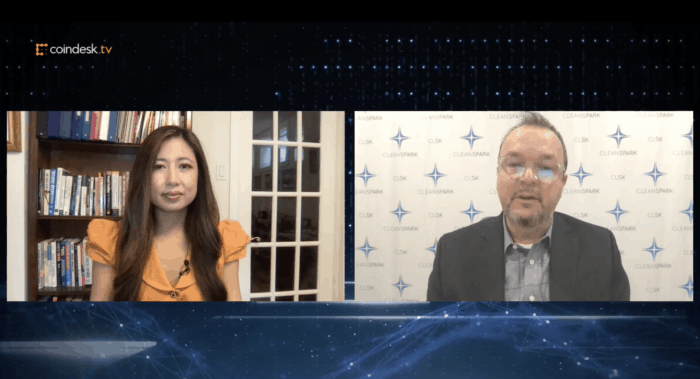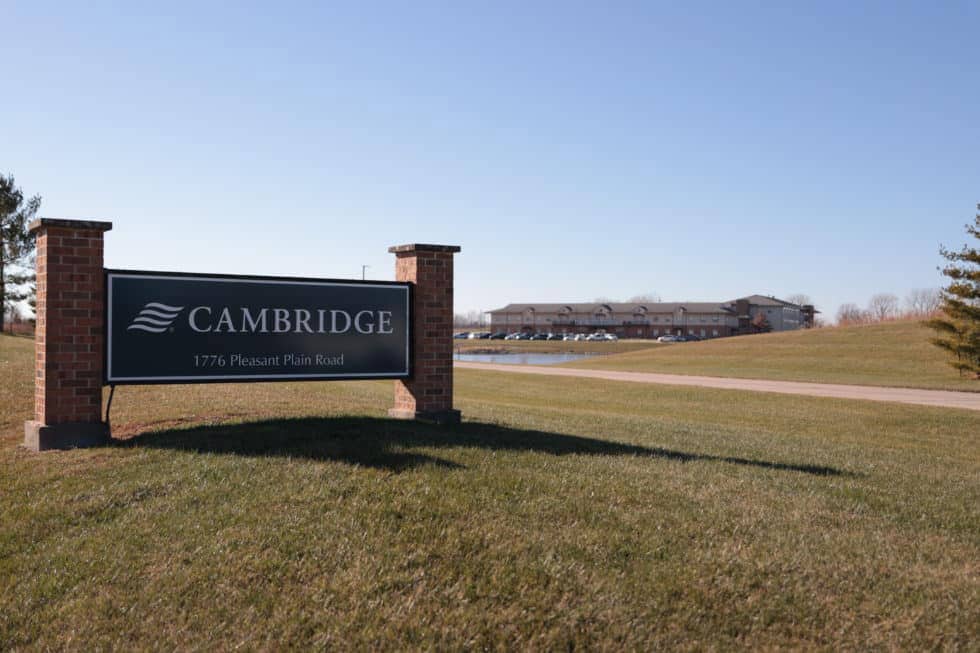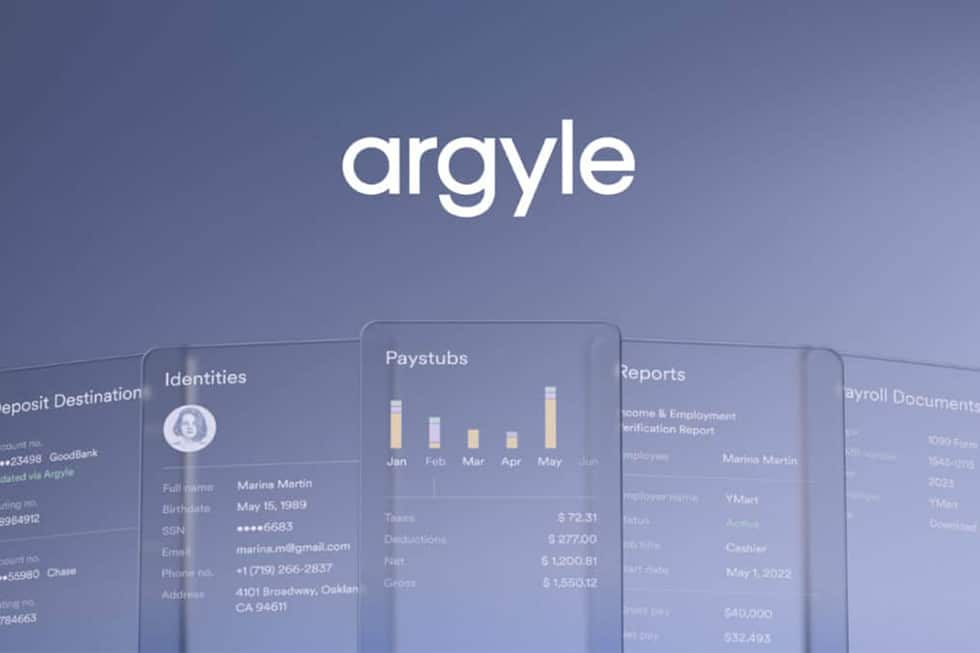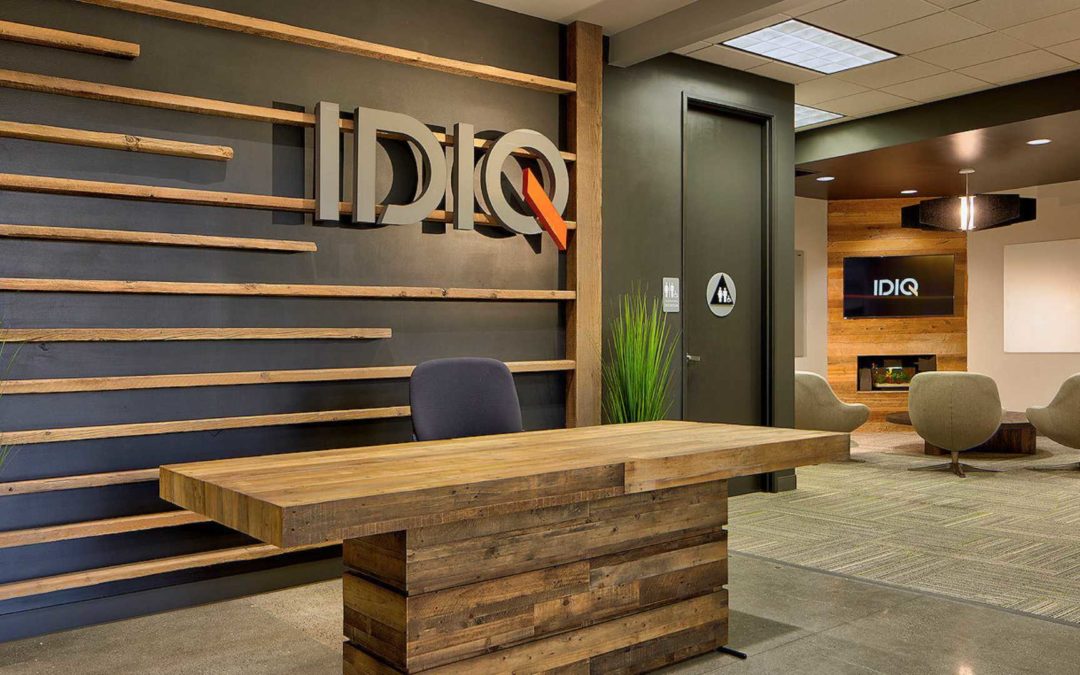Zoom meeting, step aside! Broadcast media is akin to opening night on Broadway – live and a tad nerve-wracking. Whether it’s a local news channel or prime time with Bloomberg TV, the stakes are higher in broadcast as there’s little margin for error and episodes live on for years to come.
Sound intimidating?
That’s because it can be unless you or your client show up prepared. To quote Abraham Lincoln, “Give me six hours to chop down a tree and I will spend the first four sharpening the axe.” Preparing for a broadcast interview is the equivalent of sharpening the axe – it takes time, practice, patience, and plenty of due diligence ahead of the interview.
At KCD PR, we prep our clients for broadcast briefings long before one is ever secured, knowing that practice will help spokespeople refine their messages and feel more comfortable once a high-stakes broadcast opportunity comes along.
Here are five steps to help you ace any broadcast interview with confidence!
Step 1: Research, research, and….wait for it….more research
With broadcast interviews, knowing the audience, host, and the types of questioning is paramount to your preparation. What often gets overlooked, however; is the segment itself. News channels hold several shows and segments throughout the day, varying in length, audience, topics, and style.
For example, Benzinga’s Pre-Market Show, which streams live online before the markets open and re-runs on its YouTube channel, runs for over an hour! The show covers market moves and news of the day before diving into one-on-one interviews with company executives. While this happens, a live social chat occurs simultaneously, which can spark questions from the audience. Esports Technologies appeared on Benzinga’s live show following its successful IPO to explain the business and its public offering.

Bloomberg, on the other hand, hosts several segments throughout the day such as the Markets Close show. This fast-paced program runs live leading up to the final minutes before the closing bell on Wall Street and features news, data, and expert analysis. Knowing the details of each program will guide all talking points and key messages. This is why researching the broadcast opportunity in full detail is critical and requires a step beyond knowing who the reporter or outlet is about.
Step two: Rehearse the elevator pitch
Given the nature of most broadcast programs, there is a limited amount of time to convey a company’s message on-air. Your elevator pitch must be clear, concise, and simple to understand in one or two sentences. Even a technical audience doesn’t want to listen to a monologue about your products and services. After all, broadcast interviews are not free ad placements – your message(s) must be clear and beneficial to the audience, not self-promotional.
Producers do not provide questions in advance, so practicing the elevator pitch and the key messages that follow will ensure a smooth interview. KCD PR prepares its clients well ahead of time with briefing materials that outline the topics likely up for discussion, key talking points, a list of potential questions, as well as research into the broadcast program.
Step three: Prepare for curveballs
In the world of around-the-clock news, it’s wise to expect the unexpected in a broadcast interview. Breaking news in your industry or pending litigation are always up for grabs by a news reporter. As such, have an approved media statement in your back pocket should a reporter ask about confidential matters or litigation, and practice bridging techniques. Bridging involves acknowledging the question with a phrase such as “You bring up an interesting point and what’s important to understand is….” before moving on to one of your key messages.
Political candidates are masters in the art of answering unwanted or challenging lines of questioning. Notice their tone, body language, and pauses are always intentional. It’s a learned skill that any executive can master with plenty of practice.
Step four: Mind your setup
Oddly enough, few people consider their background setup when it comes to broadcast interviews. The infamous, and hysterical, BBC News interview in which the spokesperson was interrupted by an eager toddler and its frantic mother aged very well in the year of Zoom meetings, yet very few learned his lesson.
Think of your background during a broadcast segment as your stage. Lighting, props, and audio must be perfect to ensure a flawless interview. Set up a ring light in front of you if the room is dark (or sit with a window facing you, not behind you), clear the background of clutter or distractions, and make sure you’re in a quiet space far from outdoor or background noises. If you’re taking the interview from home, for instance, make sure your landscaper, housekeeper, and toddler are nowhere nearby.
Better yet, set up a backdrop of the company logo like CleanSpark Chairman and Founder, Matthew Schultz did for his recent interview with CoinDesk TV in this segment.

Step five: Dress Rehearsal
No Broadway actor would dream of Opening Night without several dress rehearsals under his or her belt. In media, this refers to doing a dry run of an interview exactly as you would on-air. This means, wearing the clothing you plan to wear during the interview, setting up your lighting, background, and tech, and practicing a Q&A with your PR team as if it were the live segment itself. This is the ideal time to troubleshoot and work through any nerves or messaging hiccups beforehand.
If the broadcast segment is conducted via a live stream, producers will typically require setting up 15-20 minutes beforehand to ensure the audio and technology works. This is the last opportunity to work through any technical mishaps or adjust for surprises. For instance, some programs’ technology won’t enable a background screen like the ones used in Zoom, so you’ll have to adjust quickly to free up your background space and make it look clean and distraction-free. Ideally, you’ve already done this anyway in step four.
It’s Showtime!
Preparation is the best avenue for success during a broadcast interview. Your PR team should support and guide you along the way, but it’s still on the spokesperson to prepare him or herself, too. Breaking news cycles could mean last-minute scheduling changes or challenging questions outside your comfort zone. Lean on your PR team long beforehand to practice interview techniques and button-up you’re messaging for a great interview.





